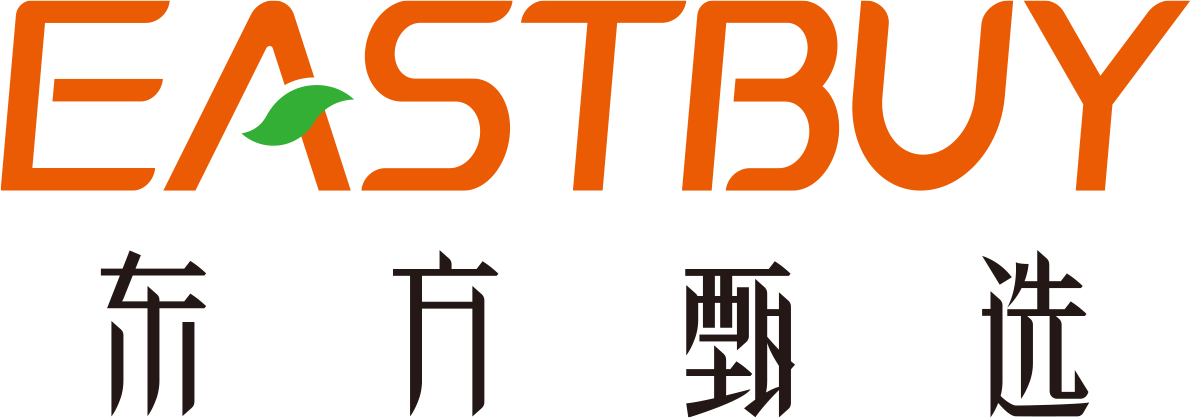In a competitive talent market, compensation management is more than just an operational necessity – it’s a strategic tool for success. Workday’s Advanced Compensation tool offers organizations the ability to automate workflows, streamline annual reviews, and deliver customized employee compensation statements. However, the key to unlocking its full potential lies in one fundamental element: accurate people data.
What Is People Data?
People data encompasses all the information that defines and contextualizes your workforce, including:
- Job Data: Titles, profiles, and management levels.
- Personal Data: Names, addresses, and demographic details.
- Organizational Data: Locations, hierarchies, and supervisory structures.
- Transactional Data: Job changes, absences, and time off.
This data forms the foundation for Workday’s Advanced Compensation tool, enabling its features to function effectively.
Critical areas for accurate data
- Employee Demographics: Essential for location-based pay adjustments and addressing disparities.
- Performance Metrics: Ensures high performers are rewarded appropriately and equitably.
- Market Benchmarking: Aligns compensation with competitive market rates.
- HR Process Data: Maintains efficiency in workflows and approvals.
Best practices for maintaining data accuracy
- Centralize data collection to make Workday the single source of truth.
- Conduct regular audits to identify and correct errors.
- Empower employees with self-service updates to keep profiles current.
- Automate data integration across systems to reduce manual entry errors.
- Train HR teams and managers to prioritize and maintain data quality.
With accurate people data, organizations can unlock the full capabilities of Workday’s Advanced Compensation, ensuring fair, informed, and transparent compensation decisions that drive organizational success.
What it means for ERP insiders
How Workday’s advanced compensation enhances your role
For HR managers, compensation analysts, and payroll specialists, Workday’s Advanced Compensation tool is poised to redefine your day-to-day responsibilities. Instead of wrestling with manual processes, disconnected systems, or data inconsistencies, you’ll gain access to a streamlined platform for managing pay reviews, bonuses, and merit increases. This technology empowers you to focus on strategic decision-making, such as crafting equitable pay structures or addressing market competitiveness, rather than wasting time on error-prone administrative tasks. With accurate people data as the foundation, you can expect smoother processes, better compliance, and more trust from employees – all while freeing up time for higher-value contributions.
The Market Context: A growing focus on compensation management
The global human capital management (HCM) software market is projected to surpass $30 bn by 2028, driven by a heightened focus on employee engagement, equity, and data-driven HR practices. Compensation management, a critical subset of HCM, has seen significant innovation from vendors like Workday, SAP SuccessFactors, and Oracle HCM Cloud. These providers are integrating advanced analytics and automation into their platforms, responding to growing demands for precision, compliance, and transparency in pay practices. The competition is fierce, with vendors differentiating themselves through seamless integrations, ease of use, and adaptability to evolving workforce dynamics. Workday’s focus on accurate people data places it among the leading solutions tackling these challenges.
Choosing the right compensation management solution
When evaluating compensation management tools, end-users should prioritize solutions that align with their organization’s strategic objectives. Key considerations include the accuracy and centralization of data, as well as the platform’s ability to integrate with other HR and financial systems. Usability is equally important – solutions should offer intuitive workflows and self-service features that empower both HR teams and employees. Additionally, assess the provider’s commitment to innovation and customer support, ensuring the tool evolves alongside your organization’s needs. By selecting a platform that combines precision, adaptability, and a user-friendly interface, you can drive more effective compensation strategies and strengthen employee trust.










